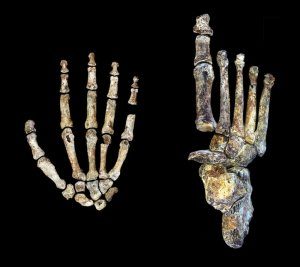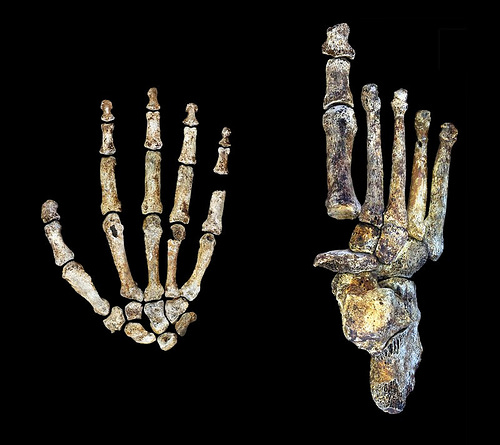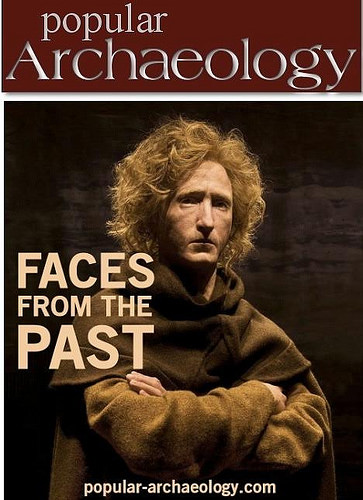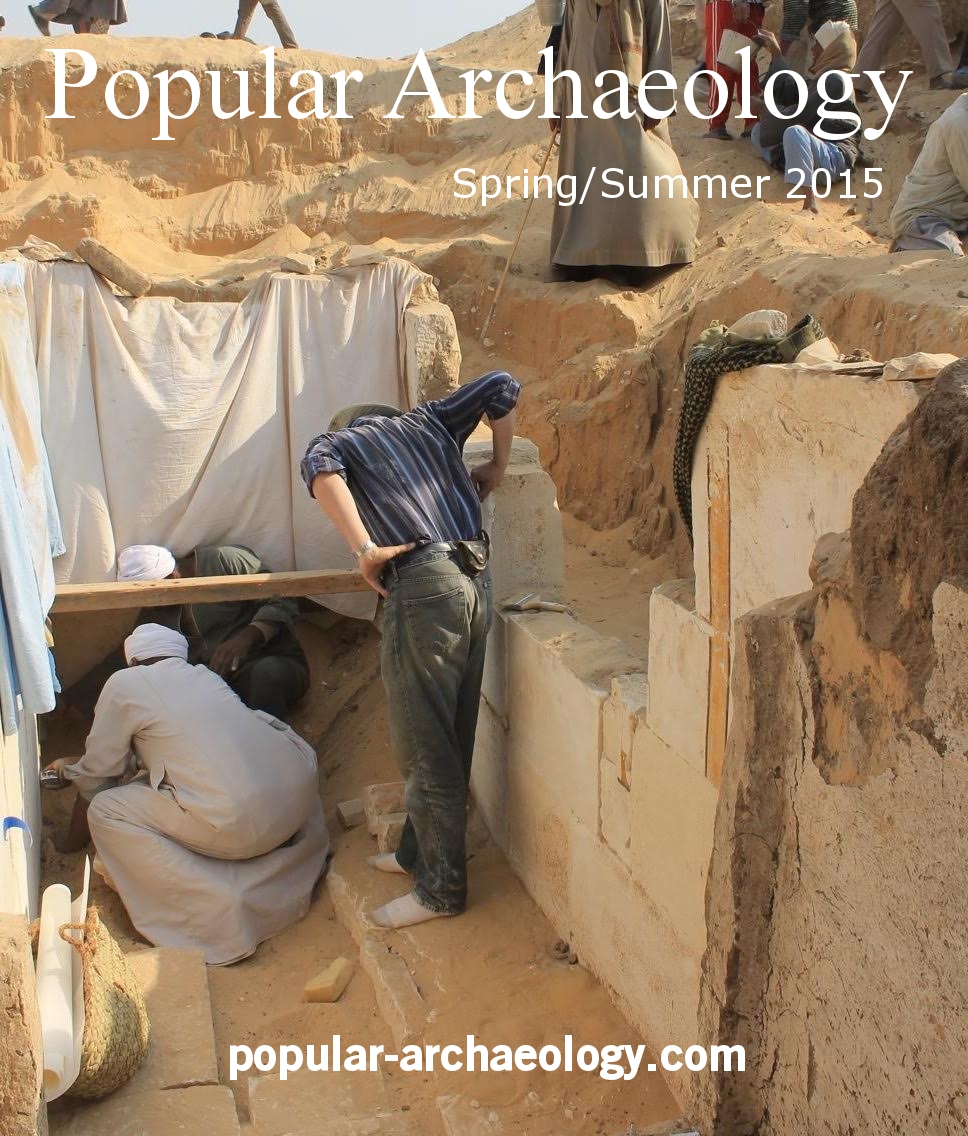
After extensive study of the hand and foot fossils of the newly discovered species H. naledi, 1550 fossil elements of which were recovered in 2013 in the Rising Star cave system in the Cradle of Humankind World Heritage region of South Africa, scientists are suggesting that this hominin may have been uniquely adapted for both tree climbing and walking as dominant forms of movement, while also being capable of precise manual manipulation.
The research was conducted by a team of international scientists associated with the Evolutionary Studies Institute at the University of the Witwatersrand in South Africa, home of the Rising Star Expedition team that discovered the largest hominin find yet made on the African continent.
According to the researchers, when considered together, these papers, published in the journal Nature and entitled The foot of Homo naledi and The hand of Homo naledi, relate a decoupling of the upper and lower limb function in H. naledi, and provide an important insight into the skeletal form and function that may have characterized early members of the Homo genus.
The foot of Homo naledi
Lead author William Harcourt-Smith and colleagues describe the H. naledi foot based on 107 foot elements from the Dinaledi Chamber, including a well preserved adult right foot. The 107 elements also included assorted parts provisionally assigned to two other adults and a juvenile. They show the H. naledi foot shares many features with a modern human foot, indicating it was well-adapted for standing and walking on two feet. However, the authors note it differs in having more curved toe bones (proximal phalanges), indicating a significant tree-climbing capacity, a characteristic more associated with more ‘primitive’ homins and other primates.
“It was a striding long-distance traveler with an arched foot and a non-grasping big toe with subtle differences from humans today in having somewhat more curved toes and a reduced arch,” said lead study author Jeremy DeSilva of Dartmouth College. “It looks like what the foot of Homo erectus might look like. H. erectus is the earliest human with body proportions similar to our own, with long legs, short arms. It might be closely related to H. erectus, but the brain is smaller and it has a Lucy-like shoulder with curved fingers. This is a new combination that we haven’t seen before.”
___________________________________________
The Homo naledi hand and foot were uniquely adapted for both tree climbing and walking upright. Credit Peter Schmid and William Harcourt-Smith | Wits University
___________________________________________________________
The hand of Homo naledi
Another lead author, Tracy Kivell of the University of Kent and colleagues, describe the H. naledi hand based on nearly 150 hand bones from the Dinaledi Chamber, including a nearly complete adult right hand (missing only one wrist bone) of a single individual, which is a rare find in the human fossil record.
The H. naledi hand reveals a unique combination of anatomy that has not been found in any other fossil human before. The wrist bones and thumb show anatomical features that are shared with Neanderthals and modern humans and suggest powerful grasping and the ability to use stone tools.
However, the finger bones are more curved than most early fossil human species, such as Lucy’s species Australopithecus afarensis, suggesting that H. naledi still used their hands for climbing in the trees. This mix of human-like features in combination with more primitive features demonstrates that the H. naledi hand was both specialized for possible complex tool-use activities, as well as for climbing locomotion.
“The tool-using features of the H. naledi hand in combination with its small brain size has interesting implications for what cognitive requirements might be needed to make and use tools, and, depending on the age of these fossils, who might have made the stone tools that we find in South Africa,” says Kivell.
DeSilva says that throughout Africa there were probably a variety of hominin-like creatures living in microhabitats, evolving different kinds of adaptations to survive in their environments. “Humans are like every other animal on the planet. Our evolutionary history is mixed.”
“It’s a mosaic, lots of different experiments,” he continued, “and we just happen to be the only one left, for whatever reason.”
_________________________________________________________
Source: Edited and adapted from the subject releases of the University of the Witwatersrand and Dartmouth College.
_________________________________________________________
Did you like this? See the latest, in-depth feature article about the Homo naledi discovery in Popular Archaeology.
_________________________________________________________
In addition, the latest Popular Archaeology ebook is now available.
______________________________________________
Travel and learn with Far Horizons.
____________________________________________
This richly illustrated ebook version of a recent Popular Archaeology issue includes the following stories: The discovery of the tomb of a previously unknown pharaoh that is shedding light on a lost ancient Egyptian dynasty; how genetics is revolutionizing what we know about human evolution and our prehistoric past; one scholar’s controversial ‘New Chronology’ and how it supports the historicity of the biblical Exodus; how archaeologists are unearthing new history in Williamsburg, Virginia, a seat of British colonial power in 18th century America; the discovery of the remains of a major Roman legionary base in Israel; the unearthing of an ancient Judean fortified settlement in the borderlands between the biblical kingdoms of ancient Judah and the Philistines; and how archaeologists are uncovering evidence of what may have been an important administrative center of Judah during the 8th century BCE. Now available from Amazon.com!










